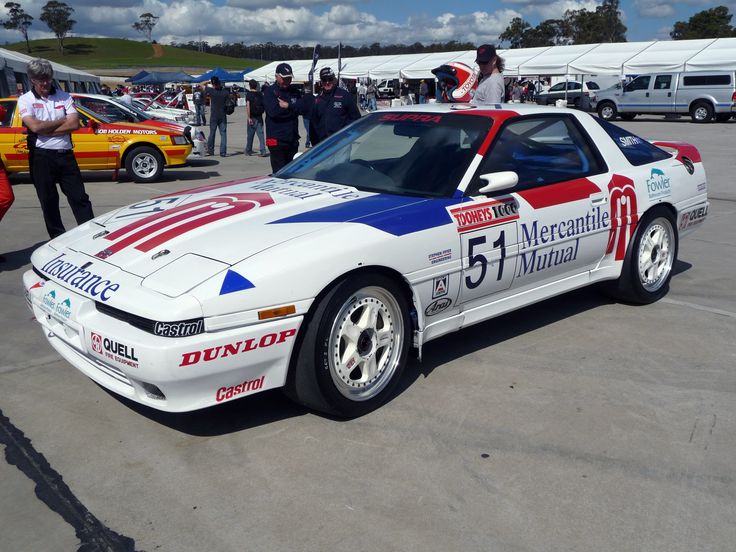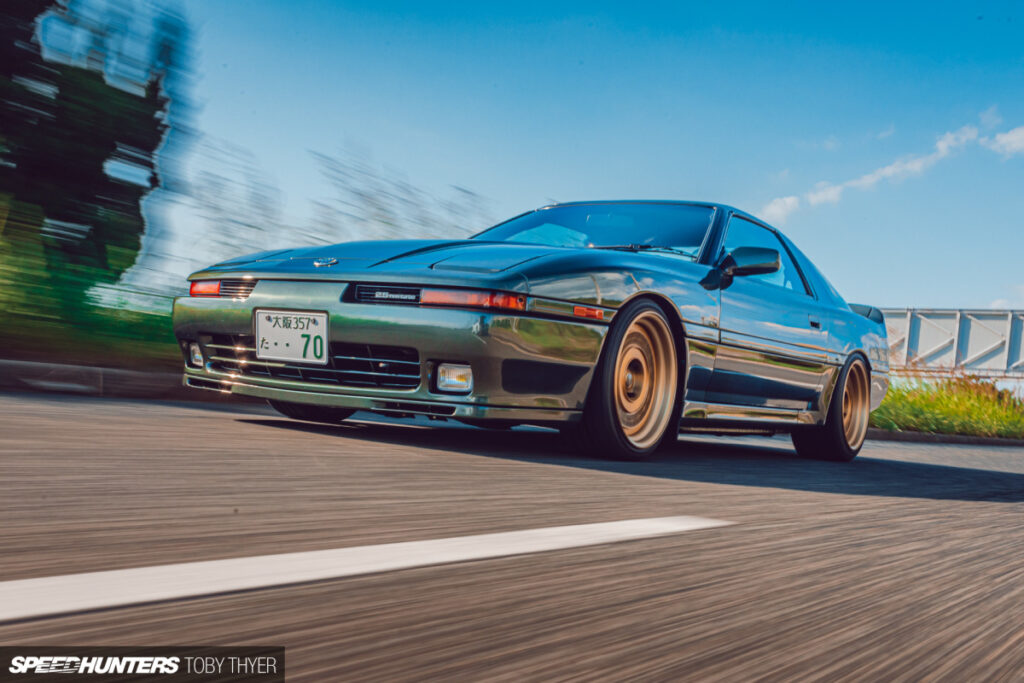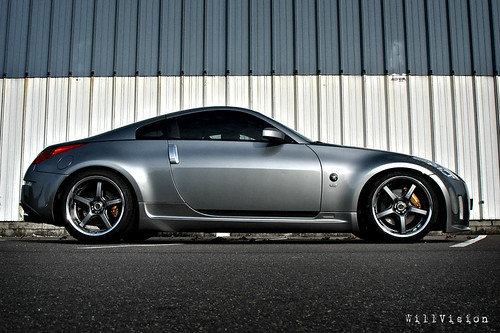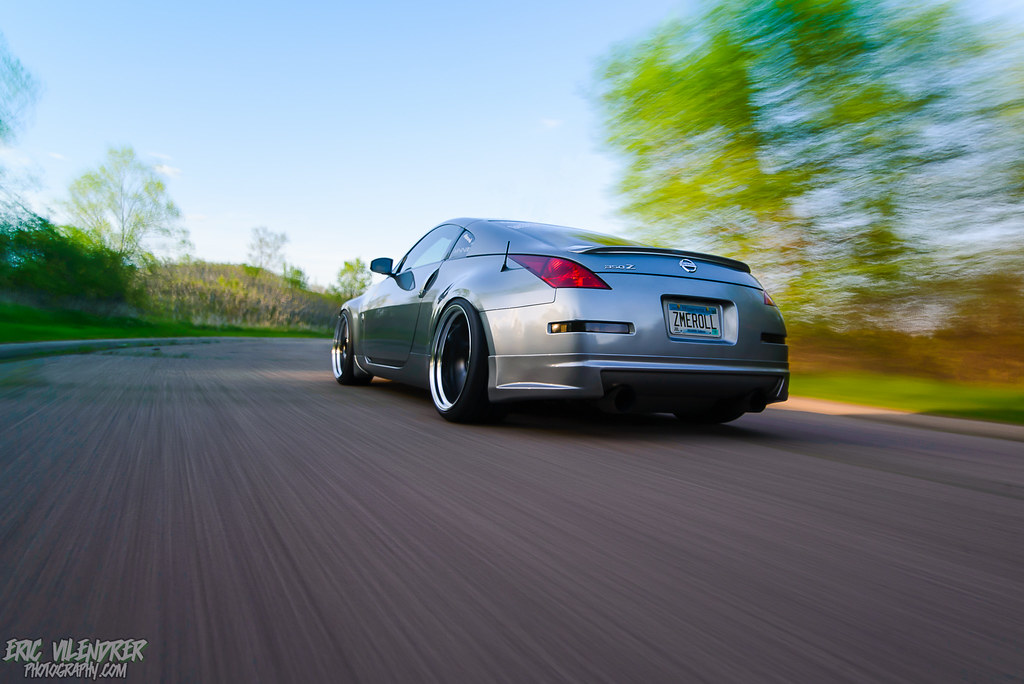Key Takeaways
| Aspect | Detail |
| History | Traces back to the late 1980s, distinct from the Celica lineage |
| Engine and Performance | Varied engine options, absence of 2JZ, impressive for its era |
| Market Availability | Differences between U.S. and JDM models |
| Turbocharged Variants and Weight | Availability and performance impact, weight variations |
| Production and Rarity | Total units produced, discontinuation reasons, rarity of 1992 model |
Introduction to the Supra Mk3
Imagine cruising down an open road, the hum of a straight six engine in the background, encapsulating the essence of 1980s automotive innovation. This image is synonymous with the Toyota Supra MK3, a car that not only marked a significant era in Japanese automotive history but also emerged as a symbol of timeless elegance and power. The Supra MK3, often overshadowed by its successor, holds a unique place in the hearts of car enthusiasts. In this comprehensive guide, we’ll explore the rich history, engineering marvels, and the enduring legacy of this underrated gem.

Delving into the History of the Supra MK3
The Toyota Supra’s journey, a saga spanning over 40 years, begins in the late 1970s, embodying Toyota’s vision to craft a sports car that would leave a lasting legacy.
The Dawn of the Supra: The Celica Connection
1978: The Supra story starts with the unveiling of the A40, a variant of the second-generation Celica. Known as the Celica Supra in international markets and Celica XX in Japan, it distinguished itself with a longer, wider frame and a powerful six-cylinder engine, marking Toyota’s foray into the grand tourer segment.
Transition to a Sports Car Icon
1981-1985: The evolution of the Supra continued with the A60, based on the third-generation Celica and launched as the Celica Supra. This model, arriving in Europe in 1982, showcased Toyota’s commitment to combining luxury with sporting performance, featuring a 2.8-liter 5M-GE engine and independent rear suspension, enhancing its allure.
Sporting Success and the Split from Celica
In contrast to its initial role as a pace car, the A60 Celica Supra enjoyed notable motorsport success. It gained prominence in British racing and even the World Rally Championship, underlining its prowess as a competitive sports car.
1985: This year marked a significant turning point for the Supra. As the fourth-generation Celica shifted to front-wheel drive, the Supra continued its rear-wheel drive heritage, evolving separately as a grand tourer. The A70 Supra, launched in 1986, showcased a sophisticated design with double wishbone suspension, and offered a range of straight-six engines, including the powerful 7M-GTE turbocharged engine.

Racing Success and the Transition to the MK3
The A70 Supra, with its refined design and engineering, paved the way for the beloved MK3. This model not only performed admirably on the road but also made its mark in various motorsport events, including the Le Mans and the All-Japan GT Championships.
The Evolution Continues: The MK4 and Beyond
1993: The unveiling of the fourth-generation A80 Supra at the Chicago Motor Show marked another leap in Toyota’s sports car design. With a focus on aerodynamics and performance, it featured the iconic 2JZ-GTE engine, renowned for its tuning potential and supercar-rivalling performance.
Legacy and Resurgence
Despite the Supra’s discontinuation in the early 2000s, its legend persisted, fueled by enthusiasts’ admiration and the tuning community’s innovations. The Supra’s return was heralded by the FT-1 concept in 2014, reigniting excitement for a new chapter in the Supra story.
2018-2022: Toyota rekindled the Supra legacy with the fifth-generation A90, a culmination of decades of passion and innovation, ensuring the Supra nameplate continues to captivate car enthusiasts worldwide.
In the following sections, we will delve deeper into the engine options, performance, and the unique charm of the MK3, a pivotal chapter in the Supra narrative.

Exploring the Engine Options and Performance
The Supra MK3, a vehicle celebrated for its robust design and engineering, presents a fascinating study in automotive resilience and the passion of its enthusiasts. However, owning a car like the MK3, especially a model that’s over a decade old, comes with its unique set of challenges.
The 7M Engine: Power and Pitfalls
A key aspect of the Supra MK3 is its 7M engine, a powerhouse that has garnered both acclaim and notoriety. While this engine is known for its impressive performance, it is also infamous for issues with head gaskets. Over the years, many MK3 owners have faced the challenge of replacing or even rebuilding their engines due to this particular problem.
Personal Experiences with the MK3
One common experience among MK3 enthusiasts is undertaking a JDM (Japanese Domestic Market) engine swap. This is particularly true for those, like myself, who have encountered the dreaded head gasket issue. In my case, an engine with 180,000 miles and an uncertain history eventually led to a blown head gasket and a frozen turbo.
The Path to Restoration
Such challenges often lead to a crossroads: opting for a quick, budget-friendly fix or investing in a more reliable and comprehensive restoration. After navigating the initial shortcuts, I chose the latter path. It’s a journey that’s both costly and time-consuming, yet driven by a deep affinity for the MK3.
A Word of Caution and Encouragement
For anyone considering a Supra MK3, it’s essential to understand what you’re getting into. It’s a commitment that requires time, money, and a lot of tender loving care. However, if you’re truly passionate about this iconic car and ready to give it the attention it deserves, the Supra MK3 can be an incredibly rewarding and enjoyable car to own.
In the next section, we’ll explore the nuances of the U.S. and JDM market availability of the Supra MK3, highlighting the differences in engine options and specific features.

Understanding the U.S. and JDM Market Availability
The Supra MK3 was available in both the U.S. and Japanese domestic market (JDM), but with distinct differences in engine options and features. The U.S. models were tailored to meet the specific demands and regulations of the American market, which included emission controls and safety standards.
In contrast, the JDM models came with different engine variants, some offering higher performance capabilities. These differences were not just limited to the powertrain but also extended to other features like interior trim, exterior styling, and technological enhancements.
The differentiation between U.S. and JDM models is a fascinating aspect of the Supra MK3’s history. It reflects the broader trend in the automotive industry where manufacturers customised their models to suit different market needs and regulations.
In the next section, we’ll delve deeper into the specifics of the Supra MK3’s weight, turbocharged variants, and the intricacies of importing these Japanese classics into the U.S.
The Toyota Supra MK3, a legend in its own right, has captivated car enthusiasts worldwide with its unique blend of performance and style. As we delve deeper into its characteristics, the distinct features of this iconic vehicle become even more apparent.

Weight, Turbocharged Variants, and Import Regulations
An often-discussed aspect of the Supra MK3 is its weight. The vehicle’s weight varied across different models and configurations, impacting its performance and handling characteristics. Generally, the turbocharged variants were heavier due to the additional components required for the turbo system. However, even with this added weight, the Supra MK3 maintained a commendable balance of power and agility, making it a favorite among performance enthusiasts.
Speaking of turbocharged versions, the Supra MK3 was renowned for its turbo variants, which offered enhanced performance and a more exhilarating driving experience. These turbocharged models are particularly sought after in the car enthusiast community for their potential for higher power outputs and tuning capabilities.
For those in the U.S. interested in owning a JDM (Japanese Domestic Market) Supra MK3, understanding the import regulations is crucial. These regulations govern the eligibility of foreign vehicles to be legally imported and driven in the U.S. Fortunately, as the Supra MK3 ages, it becomes easier to import under the 25-year rule, which allows cars over 25 years old to be imported with fewer restrictions. This has led to an increase in the popularity of JDM Supra MK3s among American car enthusiasts.

Production Numbers, Discontinuation, and Rarity
The Toyota Supra MK3, introduced in mid-1986, heralded a new era as a standalone model, distinct from the Celica lineage. Embracing its rear-wheel drive sports/GT identity, the MK3 showcased Toyota’s technological advancements, while navigating production challenges that led to its mid-year debut, termed as the “1986.5” model.
The Evolution of the MK3 Supra: 1986-1992
1986 Launch: The MK3 made a grand entrance with a 3.0-liter DOHC inline-six engine, boasting 200 horsepower. Its cutting-edge features included an electronically controlled independent suspension (TEMS) and a removable Sport-Roof panel, setting a new standard in automotive design.
Production: 33,283 units
1987 – Introduction of the Turbo Model: This year marked a significant milestone with the launch of the first Supra Turbo. The inter-cooled, turbocharged 3.0-liter engine elevated power to 230 horsepower and 246 lb-ft torque. It also featured an engine oil cooler, integrated rear spoiler, and the sports package standard on the Turbo model.
Production: 29,907 units
1988 – Subtle Refinements: The MK3 underwent minor modifications in 1988. Changes included a switch from vinyl to cloth interiors and subtle engine tweaks for improved quietness.
Production: 19,596 units
1989 – Design and Performance Enhancements: The 1989 Supra saw a design refresh with a new grille, air dam, taillights, and rear spoiler. The Turbo engine received upgrades, slightly increasing its power output. Other enhancements included speed-sensitive power steering and revised rear suspension rates.
Production: 14,544 units
1990 – Focus on Safety and Performance: Minor updates in 1990 included the standardization of a driver’s side airbag and fluid-filled engine mounts for smoother operation. Adjustments were also made to the power steering system.
Production: 6,419 units
1991 – Wheel and Safety Upgrades: The 1991 model featured new five-spoke wheels with high-performance Goodyear tires. ABS became standard on Turbo models, and a new power sunroof option was introduced alongside the existing Sport Roof.
Production: 3,623 units
1992 – The Final Year: 1992 marked the end of the MK3 era. This year introduced revised automatic transmission shift points and an optional ten-speaker stereo system.
Production: 1,193 units
The Rarity and Collectible Status of the MK3 Supra
Each year of production brought its unique features, making certain models, particularly the later years like the 1992 version, more rare and sought after by collectors. The gradual decline in production numbers over the years underscores the MK3’s journey from a mass-produced sports car to a collector’s item.
The Supra MK3’s discontinuation was a result of evolving market trends and Toyota’s strategic shift. However, its legacy as a technological marvel and a symbol of automotive prowess remains strong among enthusiasts and collectors, who treasure this iconic model for its rarity and historical significance.
In the next section, we’ll explore the current market value, notable tuned examples, and the growing appreciation for the Supra MK3 in the automotive community.

Conclusion: A Timeless Icon
In conclusion, the Toyota Supra MK3 is more than just a car; it’s a symbol of automotive history and culture. Its enduring appeal lies in its ability to blend performance, style, and potential in a package that remains relevant and admired decades after its debut.
From its historical significance to its current status as a collectible classic, the Supra MK3 continues to captivate and inspire. It stands as a testament to Toyota’s engineering prowess and a timeless icon in the world of sports cars.




Add your first comment to this post